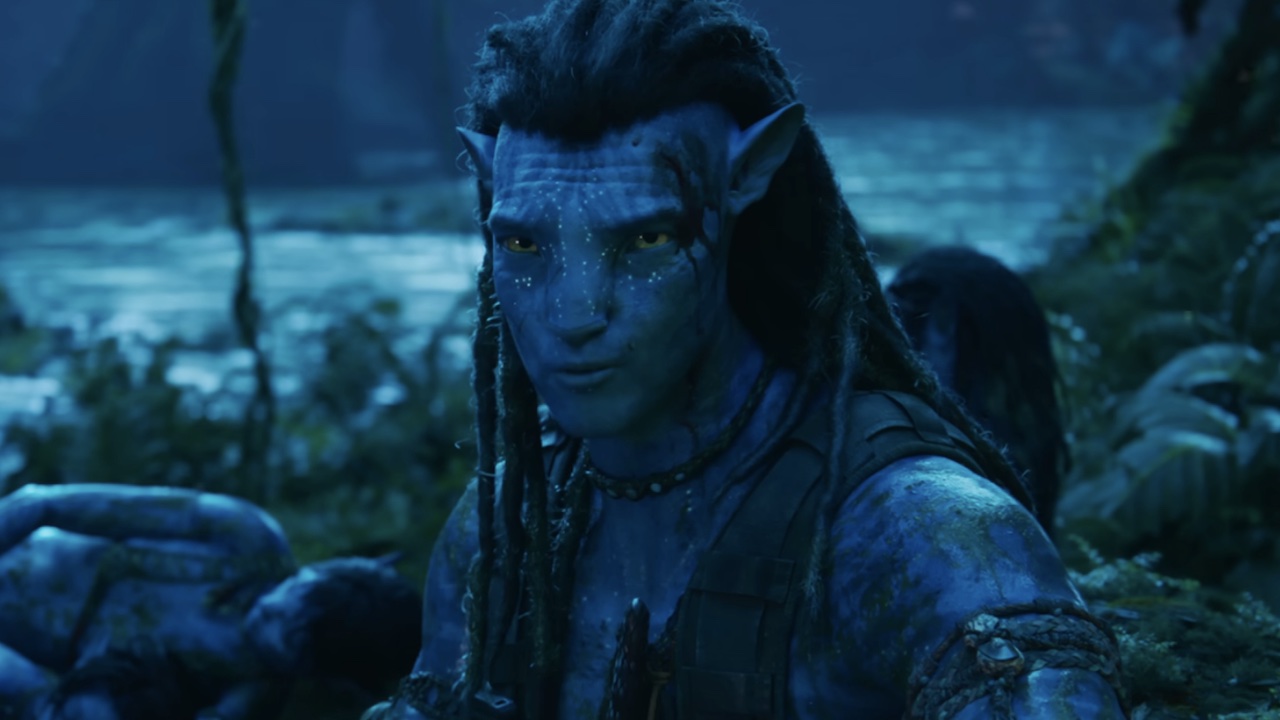The Beast Within Ending Explained: What's Really Happening
Nothing is as it seems.
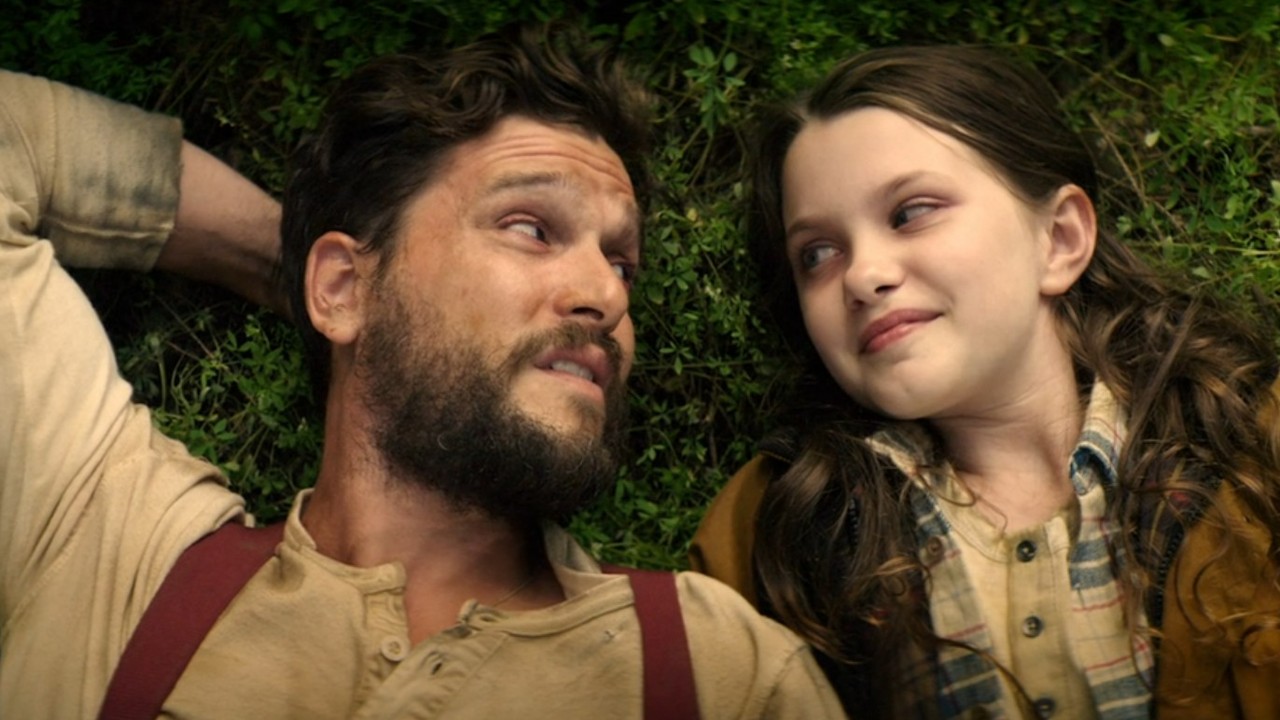
Reality creates the scariest monsters. Villains from some of the best horror franchises, like Freddy Krueger, Norman Bates, and even Leatherface, have real-life origins, and they're scary for the levels of absurdity added on top of the depth and uneasiness provided by their backstory truths. The most deadly threats just might be your next-door neighbors, and Kit Harington'sThe Beast Within highlights this concept of a monster lurking nearby with its ending.
The Beast Within stars Harington, Caoilinn Springall, Ashleigh Cummings, and James Cosmo. The film follows 10-year-old Willow (Springall) as she tries to understand the strange happenings involving her father Noah (Harington).
The film wasn't a critic’s favorite upon its release, but I found it to be a layered exploration of the many ideologies that monsters can showcase, and The Beast Within ending transforms the story into a more complex tale about domesticity and deception.
Warning The Beast Within spoilers are ahead. Proceed with caution.
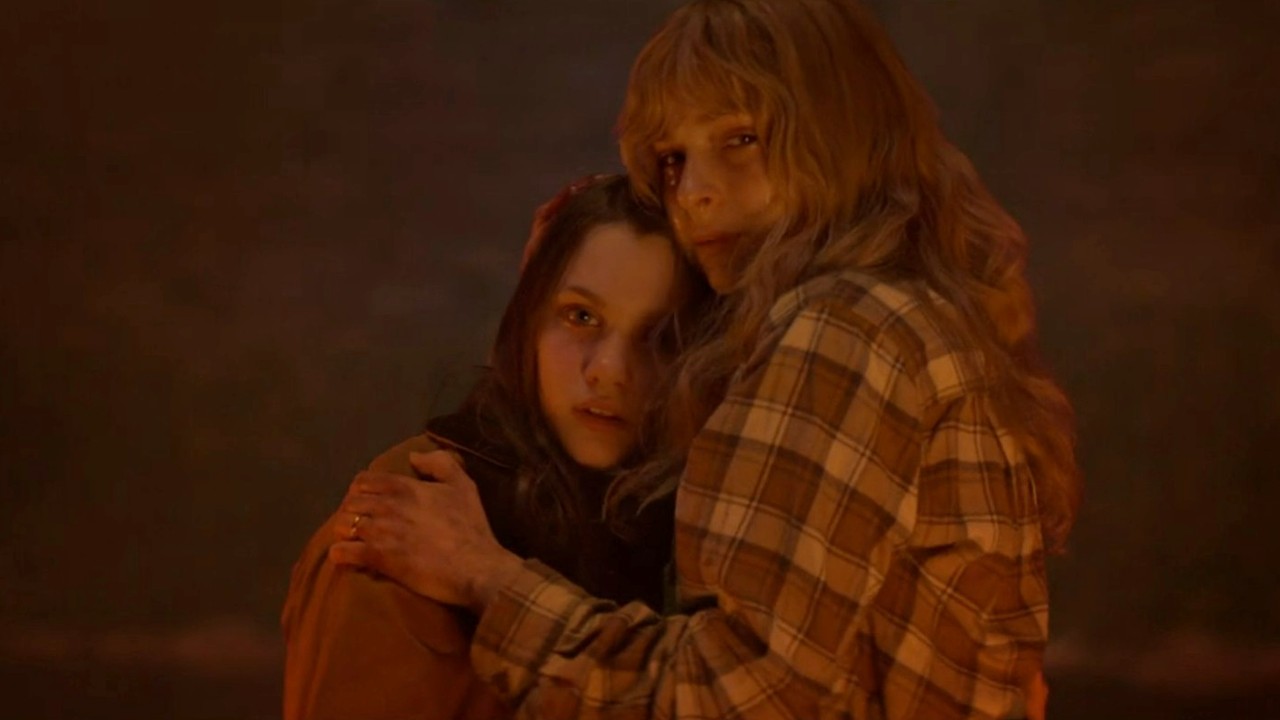
What Happened At The End Of The Beast Within
Waylon (Cosmo) stays behind and closes the farm’s gate to allow Willow and Imogen (Cummings) to escape, and they make it to the woods. While searching for a safe path, however, a werewolf version of Noah picks Willow up and carries her to his hideaway, and Imogen begs him to release her.
She embraces the wolf and attempts to calm Noah down to ensure Willow can move to safety. However, he suddenly becomes the dangerous wolf again and attacks Imogen while also accidentally knocking over a lantern that starts a fire.
Willow uses her oxygen tank to set Noah ablaze, and sometime later, when Imogen and Willow are preparing to leave their home, Willow flashes back to memories of Noah. It depicts a different outcome from the one we see, and instead of a werewolf, Noah is just a normal man attacking Imogen as Willow watches in tears. He calls her “little monster,” at which point both the memory and the film itself end.
Your Daily Blend of Entertainment News
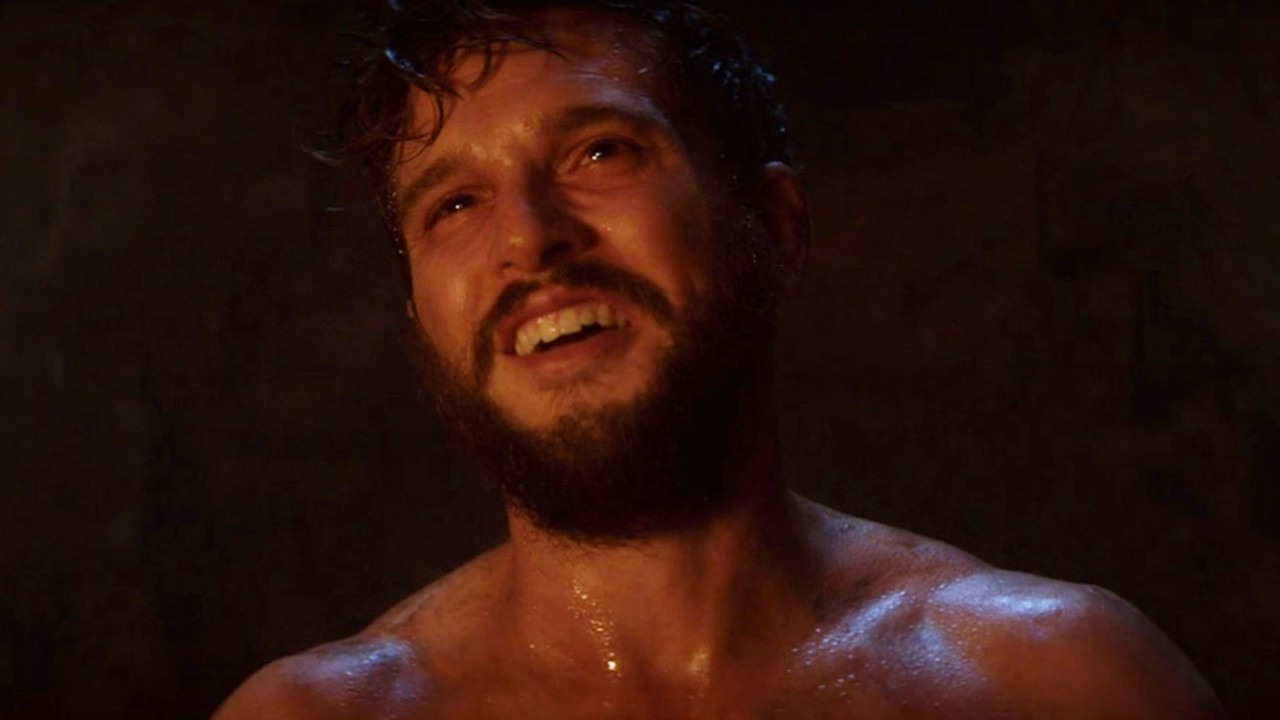
The Reality Of What Happened At The End
Willow’s flashbacks confirm that Noah is indeed not a werewolf, and that the monster is a projection from her imagination to cope with her father’s abuse. Throughout The Beast Within, plenty of signs indicate that Noah has been physically and emotionally violent towards Imogen. As such, the film doesn’t slong alongside other movies with mind-blowing endings, since its reveal was foreshadowed all along.
We see some verbal arguments and also Imogen’s bruises. She also seems sore and shaken whenever returning from time alone with him. Even before The Beast Within ending reveal, a few key scenes paint the picture of domestic abuse.
One major example occurs when Imogen secretly wears a nice dress hidden in her car. This seems unusual, but then it pairs with Willow watching her mother and noticing bruises. Later in The Beast Within, the dress returns as something to trigger Noah. From Willow’s room, you hear him yelling at Imogen about it.
He accuses her of seeing someone and having secrets. He also thinks she plans to leave him. You even hear him apologizing like he just hit her. The scene with the dress also shows Noah’s duality. One minute he’s being a loving father to Willow, then the next, he’s pushing a sandwich from her hand and telling her to shut up.
Willow’s fantasies transform Noah into a physical beast, a werewolf. In reality, he’s an abusive father. The Beast Within further confirms that Noah is not an actual werewolf by showing Willow reading “White Fang” by Jack London, which implies her imagination is helping create this werewolf version of Noah.
We don’t know exactly what happened that night, but we can make assumptions. Likely, Noah returned home in a rage. It got so bad that Waylon and Imogen worried he might kill them and Willow. They tried to escape, but this led to him beating Imogen to the point where Willow then had to likely kill him to keep Imogen alive. .
Those nights when Noah leaves are maybe nights where he gets drunk and his rage and anger become so bad they have to keep him away. There is also some implication that he harms or kills animals to deal with his anger.
The final image of Noah makes him look intoxicated, and alcoholism may indeed be part of his sickness and monster transformation. However, alcohol cannot take the sole blame for Noah’s rage and anger, since we hear and see him become violent and angry when he looks perfectly sober. (As seen through flashbacks and glimpses of his true nature.)
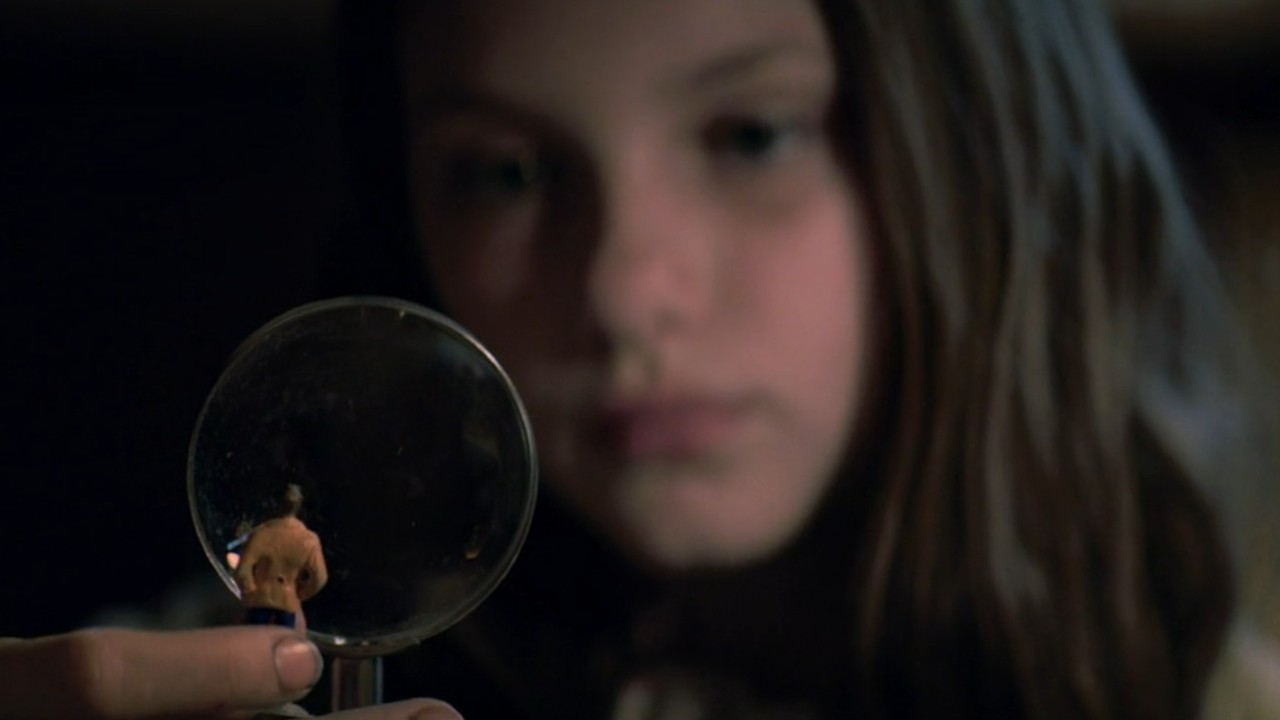
The Importance Of Willow's Perspective
The film takes place through Willow’s eyes, and, automatically, the viewers enter a state of confusion. We only know as much as Willow knows. She doesn’t know the full truth. All the adults in her life are working hard to shield her from the reality of the situation. This means we, the audience, view things in the haze of a child’s perspective.
Early in The Beast Within, we learn that Willow has an active imagination. She’s often seen reading and playing with her toy figurine of the house. Her imagination helps her create this fantastical view of her world. Her father isn’t this abusive man but this man who is a victim to this beast, the werewolf that lives inside him. Willow only stops pretending after everything happens, and she can no longer escape the reality of her father’s abuse and cruelty. Her imagination can’t protect her from this reality.
The Beast Within works because it’s told from Willow’s perspective. This helps blend reality and fantasy. We never know what’s real because Willow doesn’t understand things and sometimes misinterprets them.
For example, Imogen and Noah saying “Nothing changes” is originally seen as a gesture of love because that’s how Willow views it. However; it’s really a way for Noah to control Imogen by making her agree not to leave him.
In an interview with Eye For Film, The Beast Within director Alexander J. Farrell mentions how imagination (the viewers and Willow’s) play a huge role in creating this horror story.
And that's why we didn't want to reveal the monster until the end, because the imagination is far more powerful than anything we would be able to create. So, a lot of this film is left to the imagination and a lot of it is interpretation, especially for Willow, and that's where the horror exists in this picture.
Willow is also obviously a scared child, so her fear rubs off on the viewers. We are always uneasy because she is as well. We don’t know who to trust because she doesn’t. Her perspective amplifies the film’s tension.
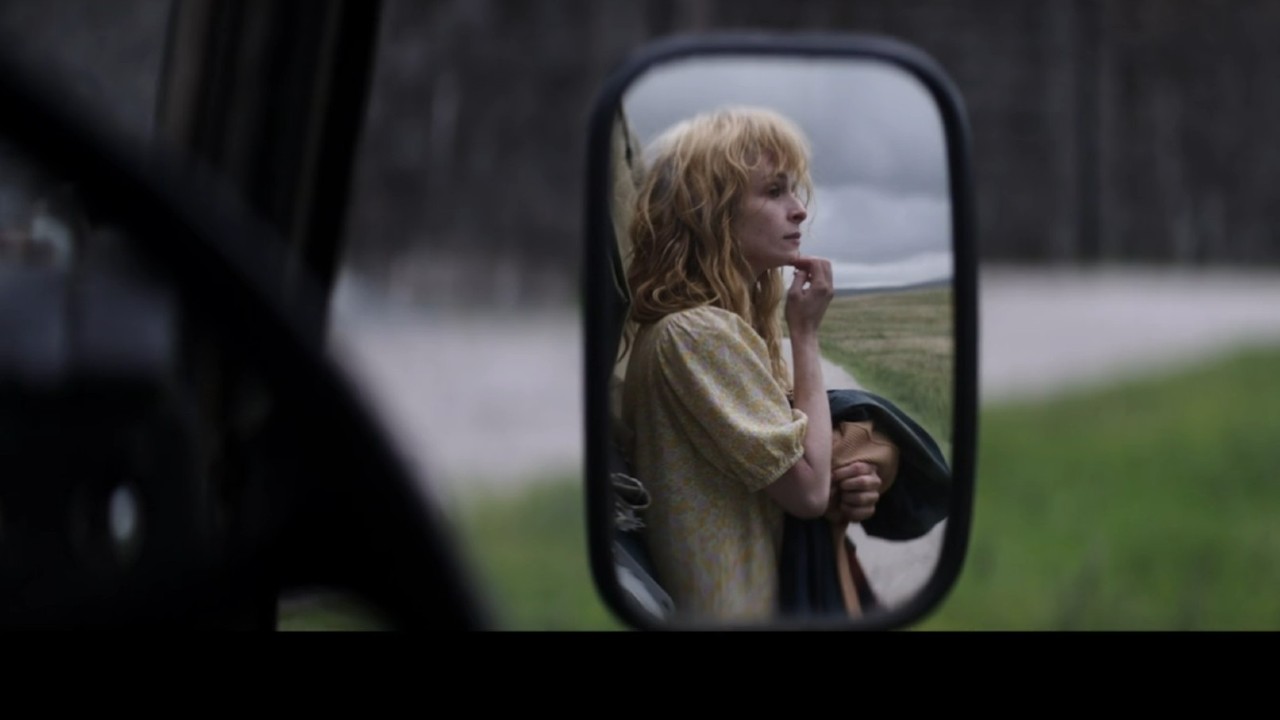
The Theme Of Trapped In The Beast Within
Every character in The Beast Within is trapped. Waylon is trapped because he cannot get his daughter to leave her abusive situation. Therefore, he is trapped in it as well to protect her. Imogen cannot leave Noah, maybe from fear or misguided loyalty and love for him. Willow is trapped in this house with her parents and also has some limits due to her health condition.
Noah is trapped by this beast that lives inside him. He knows he’s a monster but can’t seem to stop himself or gain the courage to leave his family.
In an interview with Film Review Daily, Alexander J. Farrell brings up an interesting point about how many monster movies (especially some of the best ones) focus on keeping the monster out. This is an impossible task with The Beast Within because the monster lives in this home. It exists here and even pays the bills. Additionally, the film talks about the beast that lives within many.
Noah’s abusive nature is generational. He talks about his grandfather’s abuse, then his fathers, and now his abusive nature. The movie ends with Noah calling Willow a “little monster.” She may have to deal with her own anger when she grows up, because that darkness that exists within Noah may live within her. However, that doesn’t mean she will repeat the cycle. She will just have to fight hard to stop her potential beast.
Kit Harington and Caoilinn Springall give outstanding performances in this must-see Hulu horror film. It’s one of the streaming service's best movies to watch right now.
Stream The Beast Within on Hulu.
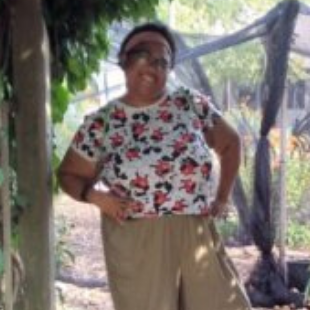
Spent most of my life in various parts of Illinois, including attending college in Evanston. I have been a life long lover of pop culture, especially television, turned that passion into writing about all things entertainment related. When I'm not writing about pop culture, I can be found channeling Gordon Ramsay by kicking people out the kitchen.
